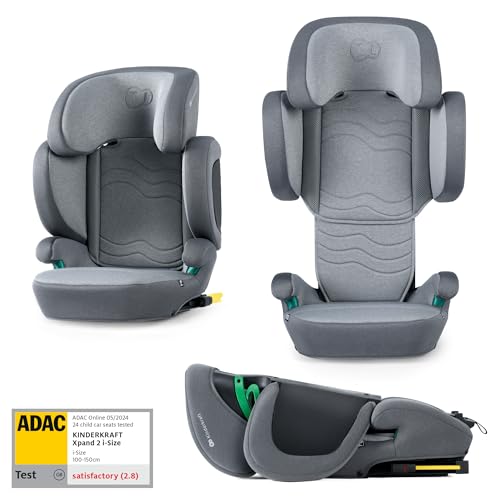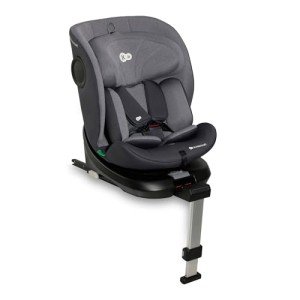15 Weird Hobbies That'll Make You Better At Pushchair And Pram
페이지 정보

본문
Understanding Pushchairs and Prams: A Comprehensive Guide
When it concerns baby mobility, the terms "pushchair" and "pram" are often utilized interchangeably. However, they represent distinct types of baby providers, each crafted for specific stages of a child's development and varied parental requirements. This post explores the crucial distinctions in between pushchairs and prams, their functions, types, and considerations for brand-new parents.
What is a Pushchair?
A pushchair, typically called a stroller in some areas, is created for children who can sit up independently. Usually, pushchairs are modern, light-weight, and have a seat that can be reclined for added comfort. They may also feature a five-point harness to ensure the child's security while on the go.
Key Features of Pushchairs
- Lightweight Design: Most pushchairs are made from lighter materials, making them simple to steer and carry.
- Adjustable Seats: Many models use recline choices, accommodating resting or active positions.
- Canopy: Most pushchairs come geared up with a sunshade or canopy to safeguard the child from sun exposure.
- Storage Space: They generally consist of a lower storage basket, Best Pram Stroller for holding diaper bags or shopping.
Typical Types of Pushchairs
- Standard Pushchairs: Traditional alternatives suitable for children who can sit individually.
- Umbrella Strollers: Lightweight, compact, and easy to fold; suitable for taking a trip.
- All-Terrain Strollers: Built with bigger wheels for off-road abilities and smooth trips on varied surface areas.
- Travel Systems: Combines a stroller and a baby safety seat, permitting parents to move their child effortlessly.
What is a Pram?
A pram, brief for "perambulator," is mostly created for babies, generally from birth till around six months. Prams are structured with a flat lying position that supports a newborn's anatomy, ensuring they are nestled properly.
Key Features of Prams
- Flat Bed Design: Prams have a totally flat bed, which is essential for young babies who require to lie flat for convenience and health.
- Stylish Aesthetics: Many prams boast vintage or timeless styles, frequently seen with glamorous materials and appealing finishes.
- Suspension System: Quality prams frequently consist of a suspension system to supply a smoother trip over rough surface.
- Extended Canopy: Extended sun security and rain covers prevail.
Typical Types of Prams
- Timeless Prams: Featuring a conventional style, these are typically styled to stimulate nostalgia.
- Convertible Prams: These can quickly switch from a pram to a pushchair and normally grow with the kid.
- Lightweight Prams: More compact than standard prams for sale, making them easier to transport.
Distinctions Between Pushchairs and Prams
| Feature | Pushchair | best pram stroller |
|---|---|---|
| Usage Case | For children who can sit up | For newborns and infants |
| Style | Upright seat with reclining choice | Flat bed for lying down |
| Weight | Usually lighter | Much heavier due to sturdy building and construction |
| Density | Folds quickly and compactly | May be bulkier, depending upon style |
| Age Range | 6 months to 4 years or older | Birth to approximately 6 months |
| Price Range | More budget-friendly choices readily available | Often more expensive due to products and design |
Picking Between a Pushchair and Pram
When selecting in between a pushchair and a pram, a number of elements warrant factor to consider:
- Age of the Child: Newborns require a best pram stroller; older babies and toddlers will be more comfortable in a pushchair.
- Lifestyle Needs: Parents who travel often might prefer lightweight pushchairs, while those looking for comfort in style might lean toward prams.
- Spending plan: Prams can range from moderately to high-priced; reliable pushchairs can deal with budget-conscious consumers.
- Storage Space: Consider how quickly the chosen design can suit your automobile trunk or home storage.
Frequently asked questions
Q1: Can I use a pushchair for a newborn baby?
While certain pushchairs are designed with reclining functions that may accommodate babies, it is usually advised to utilize a pram or specifically designed baby safety seat for newborns.
Q2: Are travel systems worth the financial investment?
Travel systems can offer benefit by integrating a safety seat and a stroller. They permit for seamless transition from cars and truck to stroller, which many parents discover important.
Q3: How do I preserve my pushchair or pram?
Frequently clean the material, check for mechanical problems, and oil the wheels. Make sure to follow particular care instructions offered by the manufacturer.

Q4: What is the weight limitation for pushchairs and prams?
Weight limitations vary by design: generally, pushchairs accommodate approximately 50 pounds, while prams fit babies as much as 30 lbs. Constantly describe the producer's guidelines.
Q5: Is it vital to have a rain cover for my pushchair or pram?
Yes, a rain cover can secure your child from rain and wind, preserving convenience while preventing moist clothing.
In summary, pushchairs and prams twin serve essential however unique functions in the mobility landscape for moms and dads and caregivers. Choosing the ideal design depends upon the child's age, way of life requirements, and household preferences. By understanding the characteristics, advantages, and distinctions in between pushchairs and prams, moms and dads can make educated decisions that make sure comfort and security for their child. Whether walking through the park or navigating hectic streets, the ideal mobility option is out there waiting.

- 이전글10 Simple Ways To Figure Out Your Best Counterfeit Money Provider 25.09.12
- 다음글20 Up-Andcomers To Watch The Fear Of The Driving Test Industry 25.09.12
댓글목록
등록된 댓글이 없습니다.
